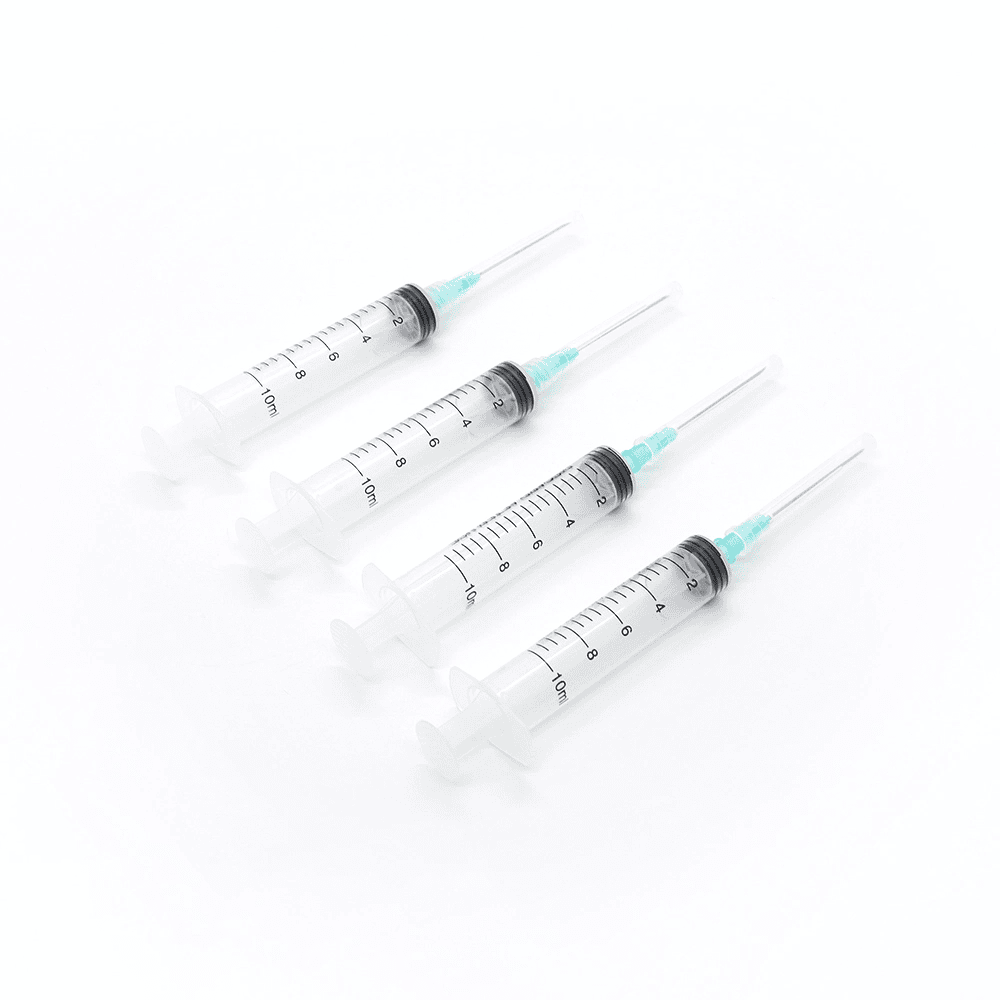Who invented the medical syringe? What is the evolution of the syringe?
 Nov 10, 2022|
Nov 10, 2022| View:640
View:640I. Who invented the medical syringe?
The invention of the syringe has gone through a long process.
In the 15th century A.D., the Italian Canettiere first proposed the principle of the syringe.
In the 17th century, the American Rayne, according to the hypothesis of Canettiere, using a feather tube as a puncture needle, using the dog's bladder as a container for the drug, filled with liquid, and squeeze the dog's bladder to inject the drug into the body. However, due to the inconvenience of using it, it was not able to be widely used.
In the 19th century (1853), Pravaz, a Frenchman, invented the piston hypodermic syringe. The syringe he developed at that time was made of silver and had a capacity of only 1 ml.
Later, the Englishman Ferguson switched to glass syringes, which were not only transparent but also easy to sterilize by boiling. Now the syringe tube is basically a plastic product and is disposable.

II. What is the evolution of the syringe?
A syringe consists of a barrel with a small hole at the front and a piston plunger to match. The syringe is used to inject small amounts of fluid into or draw from areas that are inaccessible by other methods. The liquid or gas is drawn in through the small hole in the front of the barrel when the plunger is pulled out and squeezed out when the plunger is pushed in. This process of extracting or injecting gas or liquid with a syringe and a needle is called injection.
Long before the invention of the syringe, there were already doctors who practiced the treatment of infusion, but because they utilized tools found in nature, the patient became infected. The originators of the use of the syringe for medical treatment are generally considered to be Scottish physician Alexander Wood and Frenchman Charles Plaphares, who worked together to implement the process in 1853. Alexander used this new tool to inject morphine subcutaneously into patients to treat sleep disorders. Unfortunately, however, Alexander's wife died of an overdose of morphine herself. Subsequently, Alexander improved the syringe: the barrel of the syringe was graduated and the needle was made more delicate. This series of improvements also attracted the attention of many doctors and led to the widespread use of syringes.
It is also believed that Iraqi and Egyptian surgeons developed a similar syringe using a hollow glass tube to aspirate cataracts from patients' eyes in the 9th century A.D. This method was still in use at least until 1230 and was only improved in the 20th century.
In 1956, Colin Murdoch, a New Zealand physician, invented the disposable plastic syringe, which not only had the advantages of being transparent and inert, but also was not easily damaged, easy to transport, inexpensive, and easy to recycle, and its safety was unmatched by glass syringes, which greatly reduces the risk of blood-borne diseases. Since then, the new syringes have been produced on a large scale and have gradually become the first choice of doctors.
With the development of medical technology, needleless syringes were created, which do not require a needle but use a high-speed high-pressure jet to inject drugs through the skin into the body. This approach can significantly reduce the number of accidents in which doctors and nurses accidentally stab themselves while using needle syringes. In addition, it also helps some patients avoid the discomfort associated with regular injections of insulin and other medications, and the needleless injection device allows such patients to accept the medication readily. At the same time, the distribution of drugs via needle-free injection is more diffuse in the tissues, which facilitates the absorption of drugs, the absorption of drugs is more complete, and the bioavailability of drugs is improved.





